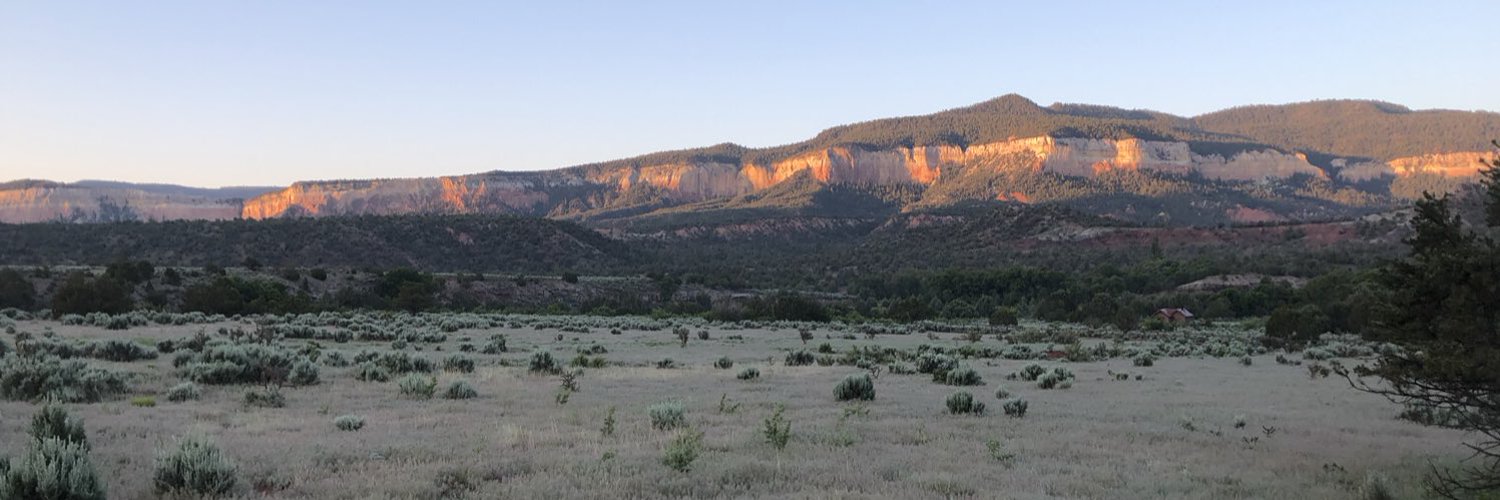Below is my summary of the four published decisions the New Mexico Supreme Court issued in February 2014:
1. Rayellen Resources, Inc. v. New Mexico Cultural Properties Review Committee (Feb. 6, 2014). The Court affirmed the decision of the New Mexico Cultural Properties Review Committee to recognize 400,000 acres of land on Mount Taylor as a registered cultural property. Justice Daniels wrote the opinion. Because my firm is involved in the case, I won’t be commenting on the merits, but this story by Scott Sandlin in the Albuquerque Journal has further details.
2. Bank of New York v. Romero (Feb. 13, 2014). This opinion, by Justice Daniels, addresses what a mortgage lender has to do to establish standing in a foreclosure case, and also holds that the loan at issue violated the New Mexico Loan Protection Act, which prohibits home mortgage financing that does not provide a “reasonable, tangible net benefit” to the borrower. The implication is that home mortgage lenders may be obligated to determine whether borrowers will experience a “reasonable, tangible net benefit” before extending a loan. For more on this decision, see this article by Joey Peters in the Santa Fe Reporter, and this story by Scott Sandlin and T.S. Last in the Albuquerque Journal.
3. Bernalillo County Health Care Corp. v. New Mexico Public Regulation Commission (Feb. 20, 2014). In another rebuke for the PRC, the Supreme Court reversed the Commission’s decision to authorize a company to provide non-emergency transport services in Bernalillo County.
In an opinion by Chief Justice Maes, the Court held that there was insufficient evidence presented that the new company would be a fit provider of ambulance services, but did hold that the evidence demonstrated a “need” for more ambulance services. The Court thus upheld the objections of the protestors, i.e. providers of competing ambulance services.
The notion that a business should have to demonstrate that a “need” for its services exists before beginning operations makes no sense. As Paul Gessing recently noted with respect to a similar case, these anti-competitive laws obstruct the growth of New Mexico’s economy. Of course, that’s not a criticism of the Supreme Court. It’s not the justices’ fault if the Legislature enacts crazy laws for them to interpret.
4. Montoya v. Driggers (Feb. 27, 2014). Montoya was convicted of both first-degree kidnapping and criminal sexual penetration (CSP), but the latter conviction was vacated on appeal to avoid violating double jeopardy principles. Montoya then argued that because his CSP conviction was vacated, he should not be required to register as a sex offender.
Justice Chavez’s opinion makes short work of this claim, holding that Montoya is still required to register as a sex offender because his CSP conviction was vacated due to double jeopardy issues, not because there was insufficient evidence to show that he had committed a sexual assault.
